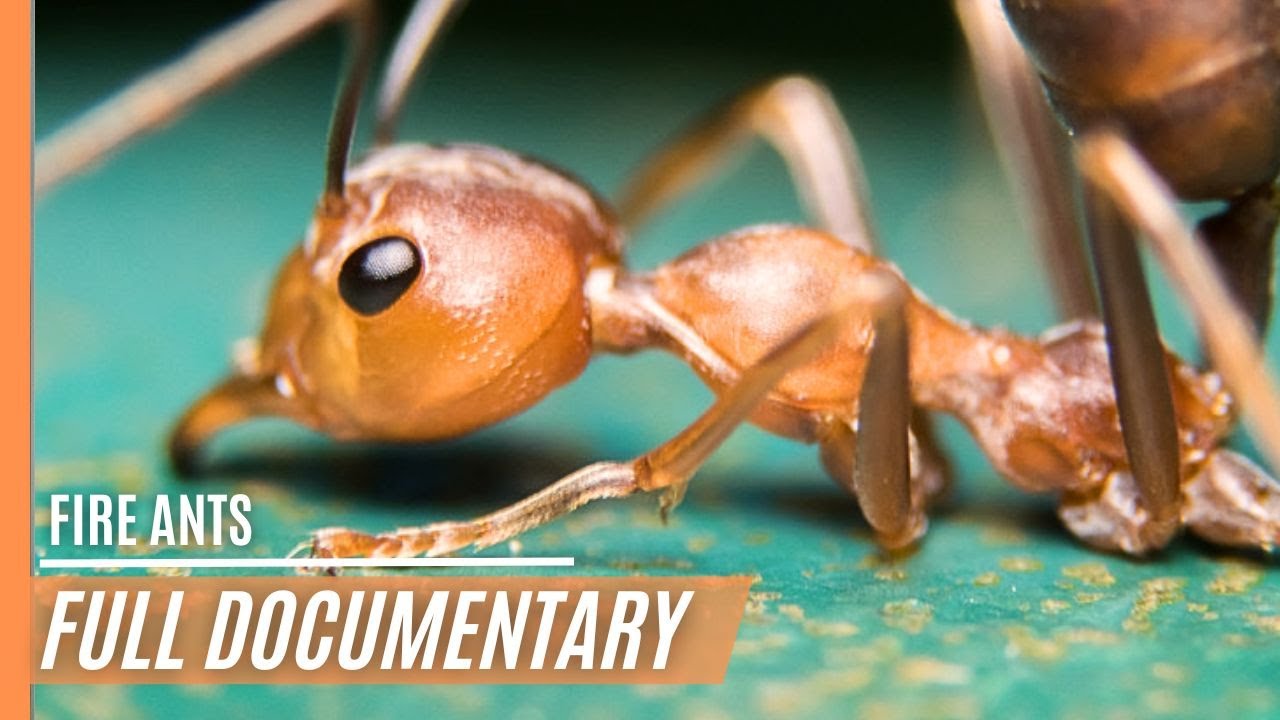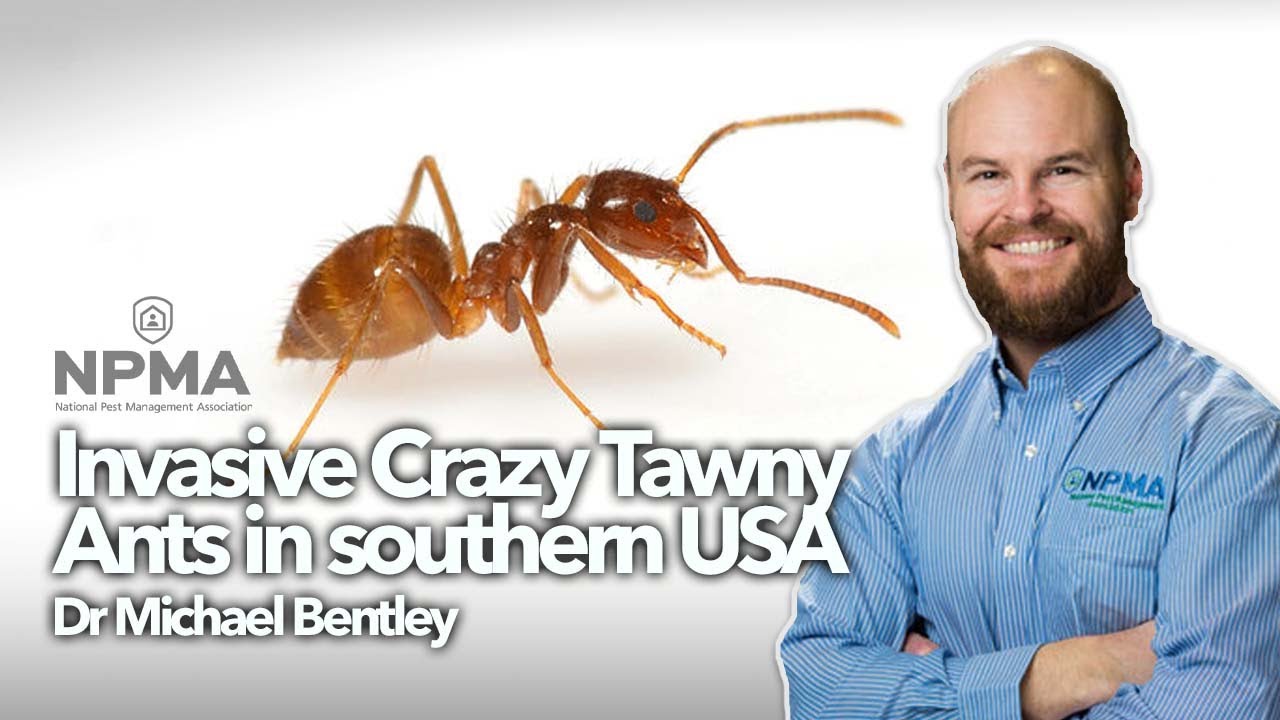Here is more on the red imported fire ant, Solenopsis invicta, native to South America, which arrived in North America at Mobile, Alabama in the U.S. between 1933 and 1945. It has since spread to 13 U.S. states, has a range of 128 million hectares (almost half a million square miles) and is estimated to be spreading westward at a rate of around 200 km/year. It has since been found in Australia, New Zealand, the Caribbean, China, and Europe, almost all believed to have been introduced by contamination of products shipped from the U.S.
The U.S. is the country which delayed a development test of the world’s most advanced space launch system because the previous test destroyed seven bobwhite quail eggs and a “collection of blue land crabs”.
2 Likes
Is the surface of a planet really the right place for an expanding technological civilization?
Isn’t really the right question in the current year. It should be more like:
Get your goddamn unfriendly AGI posing as an expanding technological civilization out of my biosphere! OK?
But, of course, the “environmentalists” – even the best of them like E. O. Wilson – have some sort of neurosis when it comes to understanding that space habitats can be made so attractive that technological civilization will naturally relocate to them. They’d rather see the biosphere denuded further than permit that development because they don’t understand the nature of technological civilization is to transform environments and it will be far more “friendly” if in its “natural” habitat.
It should be noted that Rasberry Crazy Ants, native to South America where they coevolved with fire ants, are outcompeting fire ants in areas to which they have been imported. So of course, people are starting to use them to get rid of fire ants. The question becomes then what are the ecological consequences of Rasberry Crazy Ants?
Tawny Crazy Ants are confused with Rasberry crazy ants but are known to have more environmental impact.
2 Likes
Time to watch that video and decide if I want to try out some crazy ants as part of our ongoing fire ant battle here in SW Florida? With my luck they’d end up being a worse problem that would spread and cover our island in mounds full of biting ants. Maybe we should just stick to chemical warfare.
I’m starting to think that fire ants are telepathic, they climb up you and when they reach the point of maximum annoyance they all bite at once.
2 Likes
Yeah I noticed that while living in North Miami circa 1982 and I seem to recall people talking about that phenomenon. It’s entirely plausible that its a stochastic pheromone trigger that goes when enough of them are on the hapless vertebrate. As to why the delay would be adaptive, since most vertebrates would be quite happy to depart their turf at the slightest warning, that’s a good question.
3 Likes
I’ve read that pheromones are the assumed trigger, but telepathy would seem to better explain the maximum annoyance factor
I’m not going to volunteer for field testing to determine if they truly reach maximum annoyance
2 Likes


